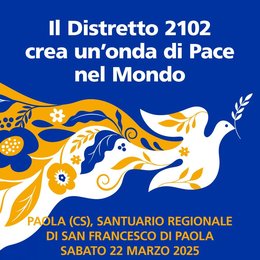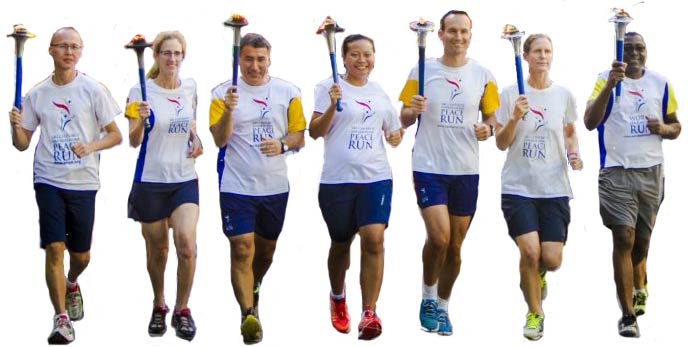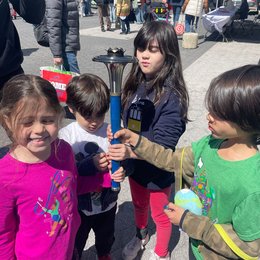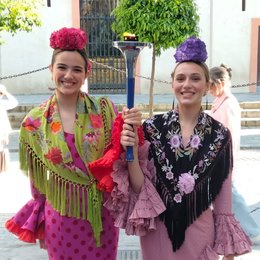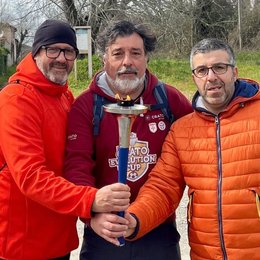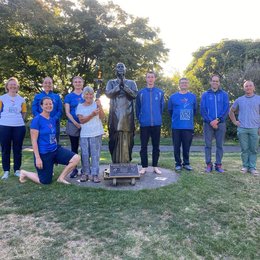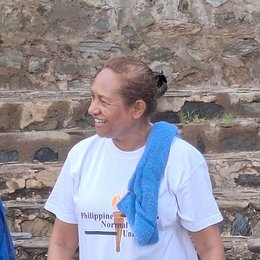
We start our visit to the tactile museum Omero. This is a special museum where, unlike many others, you can touch everything that is there. In this way you can enjoy art even without being able to see!

During our visit we had the chance to visit an exhibition on Carlo Urbani. He was an Italian doctor and microbiologist and the first to identify severe acute respiratory syndrome (SARS) as a new and dangerously contagious viral disease. Although he became infected and died, his early warning to the World Health Organization (WHO) touched off a massive response that helped save the lives of millions of people around the world.

We were following the "Trenino" trail which is a pedestrian route based on the path of an old railway line. You can see one of the galleries in the background.

The Guji of the temple (Francesco Brigante, far left) welcomes us and leads us in a short ritual dedicated to the sun. He also explained us that the shrine is built with wood pieces coming from an ancient temple in Japan. Our ideals of peace well match the shinto yearning for harmony and tolerance.

